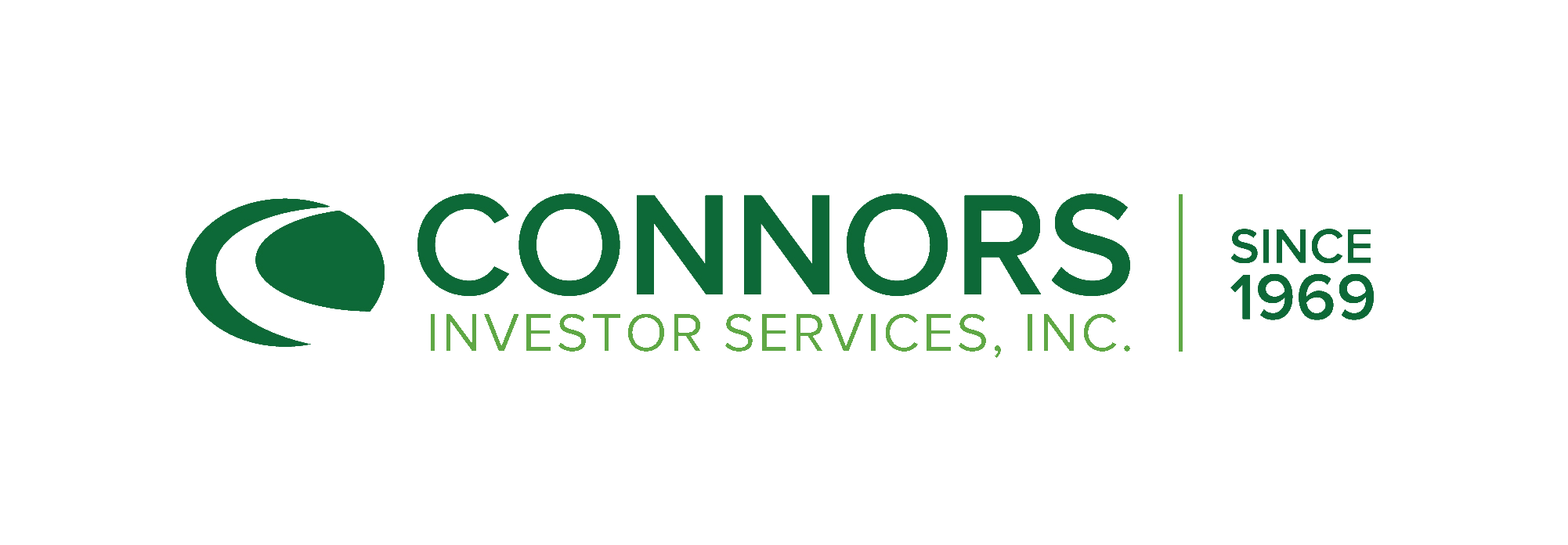2024 Q1 Small Companies Commentary
by Brian G. McCoy, CFA, on April 15, 2024
Performance Attribution
The first quarter of 2024 extended equity market gains as the U.S. major indices posted positive returns. As the quarter began, investors seemed to anticipate a moderately expanding economy and that the Federal Reserve would achieve the rare soft landing and avoid a recession. In fact, as data was released, the economy was surprisingly strong. Revisions for the fourth quarter of 2023 put Gross Domestic Product (“GDP”) growth at a solid 3.2%, and the Conference Board Coincident Composite indicators continued its steady uptrend. Though the unemployment rate has inched slightly higher and job openings have moderated somewhat, data continue to suggest Americans are participating in a growing economy. Further, consumer sentiment has improved, and financial conditions have eased despite the elevated interest rate environment.
Despite some evidence of an uptick, inflation continued to moderate. However, the pace of decline has moderated and given the concurrent economic strength and consumer resiliency, anxiety over the path to the Federal Reserve target of 2% led to an increase in yields across all maturities. At the same time, bond investors pushed expectations of the initial cut in the Fed Funds rate from March to June or even later and the number of cuts from approximately seven to three this year, possibly fewer.
Through this, large companies continued their strength as the S&P 500® powered in a straight line higher to a total return of 10%. The biggest names continued to dominate returns, though some dispersion has emerged as Apple and Tesla declined approximately 11% and 29% respectively.
Small caps participated more moderately as the Russell 2000® gained 5.16% during the quarter. Notably skewing the return, Super Micro Computer has participated in the AI enthusiasm, rising 255% during the quarter to a market cap of just over $59 billion. Though it was recently added to the S&P 500, it still resides in the Russell 2000®. Finishing a close second, MicroStrategy gained 169% during the quarter with a quarter-end market cap of about $31 billion. These two benchmark holdings contributed approximately 1.9% of the total return during the quarter, or over 1/3 of the return from these two names out of almost 2000. Further exemplifying the narrowness of even this broad index, the average return was only approximately 1.96% across all companies, while the median return was actually -0.77%.
For the first quarter, our three leading performers within the portfolio were as follows:
SM Energy (SM), an oil-focused exploration and production company, was our top performer. Benefiting from higher oil prices, drilling success, and operational efficiencies, the company has delivered solid results while returning capital to shareholders through dividends and share buybacks while dramatically reducing debt. Having just recently met with management, our confidence in their execution continues, though results are tied mostly to the price of oil. Recent tensions in the Middle East suggest continued strength.
Sprouts Farmers Market (SFM), a supermarket chain focused on natural and organic foods, also led performance. SFM cultivates customer loyalty within their markets with their differentiated products and a ‘farmers market’ like experience. Management is rolling out new stores in a reduced-size format that is proving to be more productive, and they are driving solid customer comparisons across the full network of over 400 stores. Having recently seen this team as well, we remain encouraged by the company’s prospects for growth as they target 10% unit growth over the next few years.
CyberArk Software (CYBR), a provider of cyber security solutions, rounded out our top three performers for the quarter. Over the number of years within the portfolio, CYBR has been a repeated performance leader as they have built a platform to provide identity security for enterprises. Management has executed well in a secular growth industry that is likely to continue as the number of access points for threats continues to expand. Having completed a transition from licensing to software-as-a-service, the company should continue to experience expanding margins and cash flow for the foreseeable future.
Holdings within the portfolio which held back performance were as follows:
Clean Energy Fuels (CLNE), a natural gas fuel distribution company, detracted from performance during the quarter. With a network of over 600 fueling stations, the company services fleets for Amazon, UPS, FedEx, Waste Management, Republic Services, and many others. Further, they have partnered with two large oil companies to jointly develop upstream production of renewable natural gas (RNG). Lower prices on fuel credits and construction delays from weather and permitting for their RNG facility projects have pushed profitability projections and challenged their stock performance. We remain confident in their opportunities as their upstream RNG facilities begin to supply fuel into the system, and a new engine from Cummins begins to be delivered that should drive fuel consumption from long-haul trucking.
Global Medical REIT (GMRE), a healthcare facility REIT, also struggled during the quarter. As a REIT, the stock performance has been driven by the ebb and flow of interest rates. We believe management is executing well in a difficult environment as they target opportunities in secondary markets with established tenants and high occupancy. Though interest rates may remain higher for longer and extend the challenging environment, we feel the opportunities for performance continue to be attractive.
Ameresco (AMRC), an energy efficiency company, rounded out our underperforming holdings. AMRC has been a leader in performance in prior years but has been more recently impacted by execution as they near the completion of a very large project. Some issues were out of their control, while admittedly the size and complication of the project challenged management. This has impacted their cash flow generation over several quarters, but completion appears to be in the very near future. A recent meeting with management provided us with confidence in the changes they have made to managing their project schedules and focusing their team on execution.
Activity During the Quarter
We continued to be more active within the portfolio as the quarter progressed, which led to approximately 10% turnover. We exited our holding in PetMed Express (PETS) as challenges within the pet category are likely to continue to mute the positive operating changes implemented by management. Our other selling activity mostly continued to be more active in front of earnings calls and lock-in performance as we trimmed Calavo Growers (CVGW), Simmons First National (SFNC), Innospec (IOSP), HealthStream (HSTM) and Cryoport (CYRX). We also trimmed Gentherm (THRM), AeroVironment (AVAV), and SM Energy (SM) to take advantage of strong short-term price increases.
Proceeds from these actions were added to increase our positions in Omnicell (OMCL), AMN Healthcare Services (AMN), One Gas (OGS), and Ameresco (AMRC). Additionally, we initiated two new positions, both in the technology sector: Credo Technology Group (CRDO), a communications equipment provider whose products address increasing demands for speed and power efficiency, and Calix (CALX), a telecommunications company whose software and products support the delivery of broadband services.
Our portfolio ended the quarter overweight Healthcare, Consumer Staples, Communications, Real Estate, Technology, and Utilities. We are underweight Financials, Consumer Discretionary, Materials, Energy, and Industrials.
General Outlook, Current Positioning/Strategy
Markets continue to be focused on when the Federal Reserve will begin to lower interest rates. Anticipation of lower rates beginning in March, a strong driver of performance in the last quarter of 2023, faded as the quarter progressed as the economy remains resilient and continues to exhibit better than expected growth with continuing strength in the labor market despite the Fed’s rate hike cycle. As Chairman Powell and other members have repeated, their decision is dependent upon the data. While directionally lower, the core CPI would likely need to decline further toward the target rate before the Fed would consider rate cuts.
The strength of the economy has supported positive employment trends, albeit with moderating wage growth, and consumers have continued their spending on goods and services. Data has repeatedly supported a narrative of a surprisingly strong economy despite the rapid increase in rates and the highest Fed Funds target in over twenty years. This is exemplified by a Bloomberg survey of economists, where the consensus is for 2.2% growth during 2024. All of this has led to the patience of the Fed in extending their pause in rates and lengthening the timing of their initial rate reduction.
The Russell 2000® continues to attempt a break toward higher levels, but the asset class strength falters as the outlook for lower rates continues to push later in the year. Investor behavior may also continue to favor larger market caps, and the headline return for the benchmark is likely to continue to be skewed by the very large members in the index until it is rebalanced at the end of June.
However, there does appear to be some glimmers of a possible broadening out of the market, which could begin to turn the tide on the relative performance of small caps. As indicated above, some of the largest companies have begun to correct. Within the S&P 500®, earnings growth is estimated to be more balanced as companies below the largest ten are forecast to turn more positive.
After two consecutive quarters of strong stock market appreciation following the October lows, it may be reasonable to anticipate a potential near-term pullback as investors wrestle with the prospect of a more prolonged higher-rate environment. Also, geopolitical events could prove to be a wild card this year with continued conflict in Ukraine and the Middle East. Energy prices have been impacted by the conflicts in the two regions, and higher energy prices could also reduce the likelihood of rate hikes this year. However, as circumstances now stand, we believe that the market could work higher this year.
Certainly, this could be partly dependent on further moderation of inflation and whether rates are lowered. However, data in addition to the positive indicators above suggest that lending standards are easing and demand is increasing, not only for large firms but also for small companies. Further, the ISM Manufacturing PMI Index, a good indicator particularly for small companies, recently crossed into expansion territory, while the Conference Board US Leading Index just posted a small uptick after being in a downtrend since the end of 2021.
For small companies, we believe this backdrop should be supportive of earnings growth and a broadening of participation as investors seek opportunities beyond the largest companies. If employment continues along its growth trajectory, consumer sentiment and spending should support corporate earnings growth. Infrastructure spending and the on-shoring of manufacturing also look to continue. Benefits from these economic conditions should accrue to companies across the market cap spectrum, and history has shown that small companies are innovative, nimble, and drivers of dynamic economic growth.
Currently, market dynamics are creating inefficiencies to a greater degree than usual within the small-cap asset class. Though we have been working over several years to increase the average market capitalization of our portfolio holdings, the momentum of the largest companies, even within the small-cap space, seems excessive. We believe a broadening of the markets may be in the early stages. This is partly from market research by others, but also in company-specific factors, we are seeing within the portfolio, such as money flows, insider buying, and more recent price actions late in the quarter. In our opinion, the inefficiencies we perceive in the markets are at extreme levels, and periods of underperformance, both strategy-specific and asset-class, have provided opportunistic prices for compelling future returns.
Important Disclosure Information
Please remember that past performance may not be indicative of future results. Different types of investments involve varying degrees of risk, and there can be no assurance that the future performance of any specific investment, investment strategy, or product (including the investments and/or investment strategies recommended or undertaken by Connors Investor Services, Inc. [“Connors]), or any non-investment related content, made reference to directly or indirectly in this commentary will be profitable, equal any corresponding indicated historical performance level(s), be suitable for your portfolio or individual situation, or prove successful. Due to various factors, including changing market conditions and/or applicable laws, the content may no longer be reflective of current opinions or positions. Moreover, you should not assume that any discussion or information contained in this commentary serves as the receipt of, or as a substitute for, personalized investment advice from Connors. Please remember, if you are a Connors client, to contact Connors, in writing, if there are any changes in your personal/financial situation or investment objectives for the purpose of reviewing/evaluating/revising our previous recommendations and/or services or if you would like to impose, add, or to modify any reasonable restrictions to our investment advisory services. Unless, and until you notify us, in writing, to the contrary, we shall continue to provide services as we do currently. Also, remember to advise us if you have not been receiving account statements (at least quarterly) from the account custodian. Connors is neither a law firm nor a certified public accounting firm, and no portion of the commentary content should be construed as legal or accounting advice. A copy of the Connors’ current written disclosure Brochure discussing our advisory services and fees continues to remain available upon request or at www.connorsinvestor.com. Historical performance results for investment indices, benchmarks, and/or categories have been provided for general informational/comparison purposes only and generally do not reflect the deduction of transaction and/or custodial charges, the deduction of an investment management fee, nor the impact of taxes, the incurrence of which would have the effect of decreasing historical performance results. It should not be assumed that your Connors account holdings correspond directly to any comparative indices or categories. Please Also Note: (1) performance results do not reflect the impact of taxes; (2) comparative benchmarks/indices may be more or less volatile than your Connors accounts; and (3) a description of each comparative benchmark/index is available upon request.







